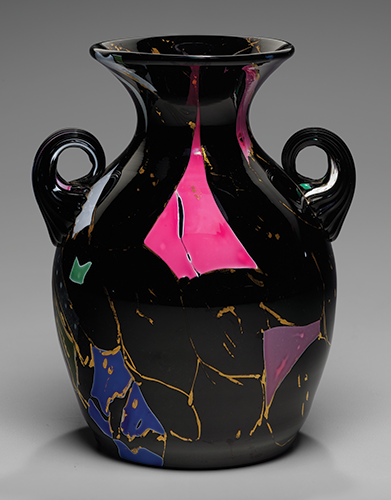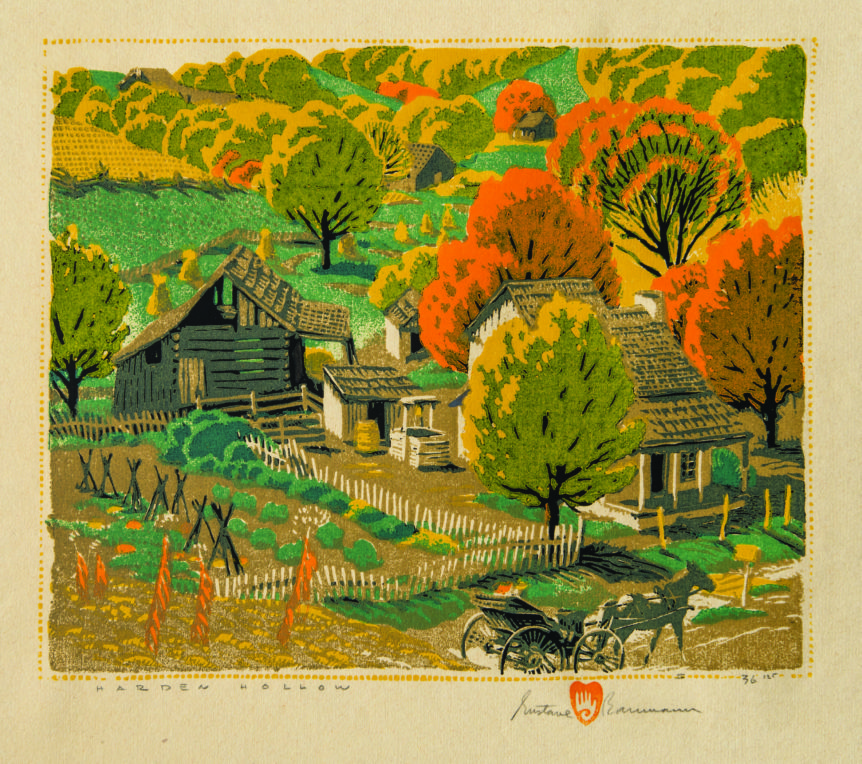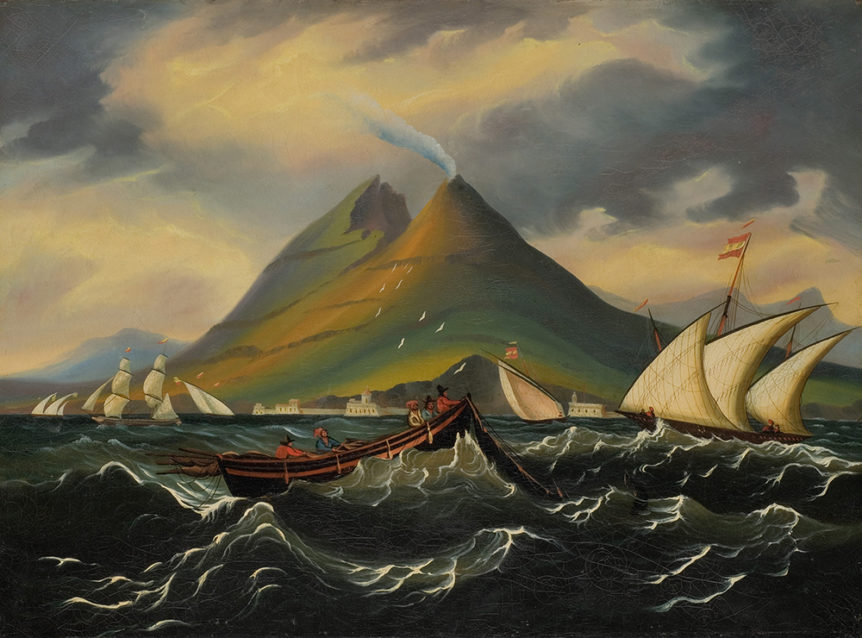A new book explores the glass collections at Yale University, reflecting the broad sweep of American history in vitreous form
Artist of the Land of Enchantment
This year, New Mexico celebrates the centenary of the arrival of Gustave Baumann, the master printmaker who captured the state’s magic—from its deserts to its deep forests.
An early American art entrepreneur at the Speed
Let the Thomas Coles and Sanford Giffords of the world woo rich patrons, the artist Thomas Chambers went after aspiring members of the middle class, eager to have tokens of refinement in their home—a sweeping vista of Niagara Falls or the Bay of Naples, or a stirring depiction of a battle at sea.
Georges Hoentschel and his world
from The Magazine ANTIQUES, March/April 2013 | The life of the Parisian decorator, collector, one-time architect, and ceramist Georges Hoentschel (Fig. 2), head of the renowned furnishing firm Maison Leys, coincided with a period of far reaching change in France. After the Franco-Prussian War of 1870 and the devastation of the civil war (la commune), the Third Republic (established after …
Some early American crewelwork
By FLORENCE PETO; from The Magazine ANTIQUES, May 1951. Eighteenth-century crewelwork, especially favored for bedspreads and bed furnishings, is one of the most delightful types of early American embroidery. Though it has become very scarce, resolute seekers may still occasionally acquire a piece. Tree of Life Design, crewelwork fragment with leaves, fruit, birds, insects, and caterpillar. New York Historical Society. …
American folk painting, The Wiltshire collection
By RICHARD WOODWARD; from The Magazine ANTIQUES, September 1978. Paintings by America’s first artists afford an informative and entertaining view of the nation’s early years. Many of these painters received academic instruction at home or abroad, while others were either wholly untutored or obtained their training from nonacademic sources. The work of this latter group, the “folk painters,” provides an insight into …
1735-1790: Painters, Paintings, & the American South
from The Magazine ANTIQUES, January/February 2013 | The history of the paintings and painters associated with the American South begins in the sixteenth century with maps and natural-history drawings created by the first artist-explorers to arrive in the region. By the mid-seventeenth century the southern colonies also boasted portraiture and other types of paintings, all of which increased in number …
Monumental confidence: restored Roosevelt murals
from The Magazine ANTIQUES, January/February 2013 | One hundred years ago, even fifty years ago, the act of monumental commemoration was a relatively simple affair. A victory in battle or the founding of an institution was seen, at least as regarded the monument in question, to be completely good. A massacre or natural catastrophe was assumed to be completely bad. Anyone deserving …
Queries: American musical clocks
The first musical clocks were invented in the Netherlands in the fourteenth century. Two hundred years later European royalty and aristocracy were commissioning them. At the palace of Versailles Marie Antoinette possessed a musical clock that played ten of her favorite tunes. (It was discovered at the palace in June 1914, two weeks before the start of World War I.) …



